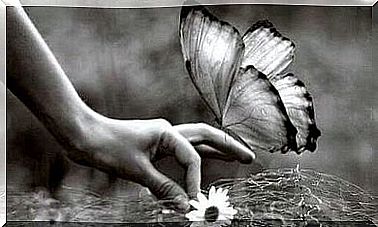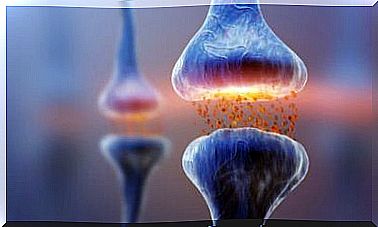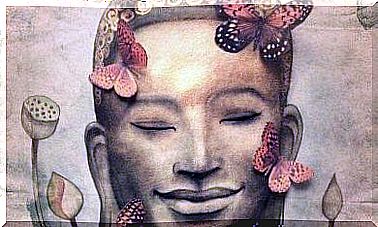Learn To Visualize To Control Thoughts

Learning to visualize is one of the most effective tools we can develop, and one of the first steps in the proper management of our thoughts. It is one of the basic techniques of transpersonal psychology. Voluntary thinking training that is used as a strategy to replace involuntary or intrusive thoughts.
We all have to face difficulties during our life, just in those moments the involuntary thought, or untrained, will make its appearance and take possession of everything. Not being able to manage thoughts at will, our emotions are affected by flooding our existence with fear, anguish and stress.
The thoughts that cause suffering and that do not allow us to focus on what we are doing are involuntary and intrusive thoughts. If we are trained to manage them, we will be able to replace them with others that, instead, protect our emotional balance.
It is a strategy that requires some training at the beginning, but after a while it will naturally be included in our routine.

Transpersonal therapy
This therapy includes several techniques, including creative visualization. Transpersonal therapy is a holistic intervention that focuses on the positive influences of role models rather than negative experiences.
It was developed from the works of Abraham Maslow and other psychologists of the humanistic school. This therapeutic approach is based on the idea that the human being is much more than the union of mind and body. Contemplate the most intangible dimension of man and the transcendent factors that shape us.
What is voluntary thinking?
A voluntary thought is what we are able to create and direct consciously and on our own initiative. It is voluntary because we produce it ourselves through a specific mechanism.
It is direct thinking, because it is focused on a specific purpose. And finally it is supported, because the training allows us to sustain it over time and with sufficient intensity to have the perception of thought (meta-thought). There are several visualization exercises to start training. Let’s see one.
Learning to visualize, the exercise of the rose
Close your eyes and imagine a rosebud still closed. Visualize and pay special attention to the stem and leaves. Its texture, its color and its sinuous shapes. Place your attention now at the top, where the bud is. It is still green, because it is closed, although a pink dot is already visible at the top.
When you have created the whole image, keep it in mind for a few seconds. Now notice that the petals start to move. They are separating and you can see them almost completely, their texture is different from the stem and leaves and their color is pink and very bright. The petals continue to open until a beautiful rose is fully visible.
We keep the image of the rose open for a few seconds in a sharp way. At this moment, we breathe in the scent of the rose and let ourselves be invaded by its characteristic scent until it permeates us completely.
In the last step we go back to visualizing the whole plant and to imagine all the life force that runs through it, from the root to the flower. Now we identify with the rose, that is, we internalize the rose within ourselves and symbolically become the rose. We feel in our body all the life force that passes through the rose, and we perceive the petals that open.

Learning to visualize with transpersonal therapy
This exercise of visualization of the rose, proposed by the psychiatrist Roberto Assagioli, is highly suggestive and evocative. As a general rule, the flower symbol is used as a symbol of the development of a profound reality. It is the symbol of the human spirit and its evolution.
There are several visualization exercises that can be used for different purposes, such as relaxation with beach walking visualization. Another widely used in therapy is the visualization of tension – relaxation.
These visualization exercises, trained daily, will allow us to generate images with greater clarity. We can also increase the color, the light or define other details according to our wishes. It’s just a matter of practice!









